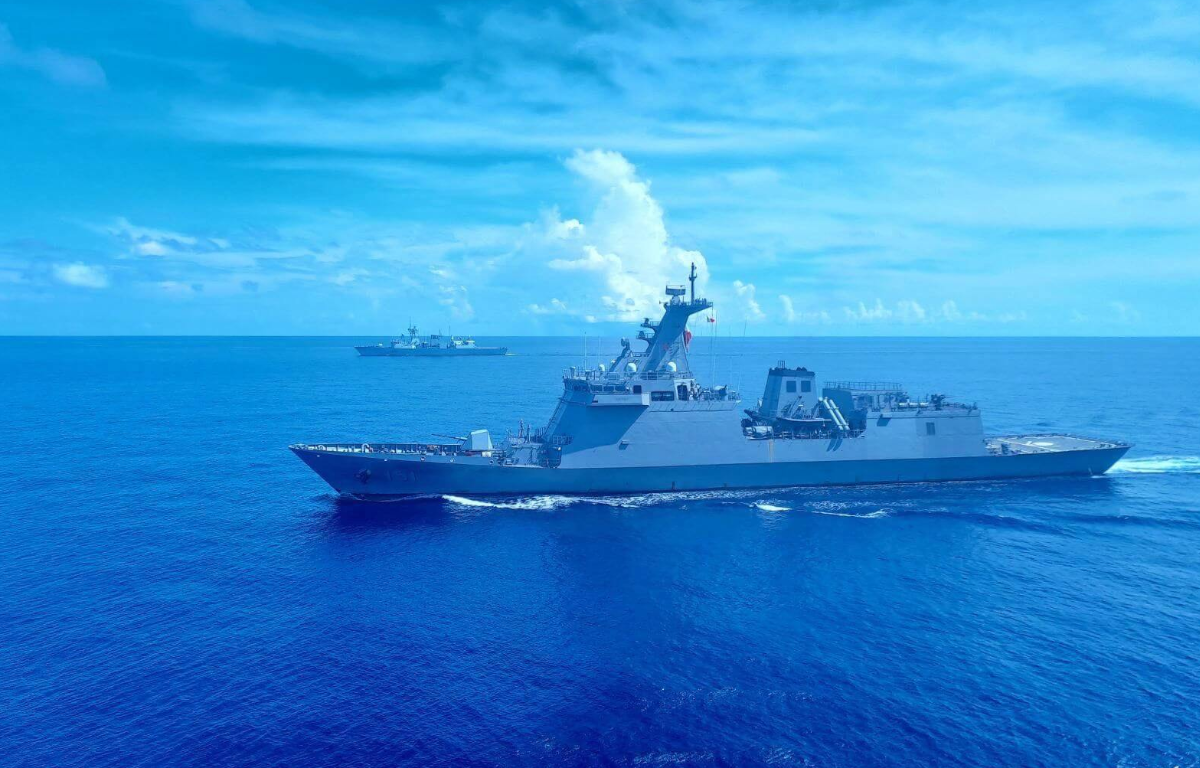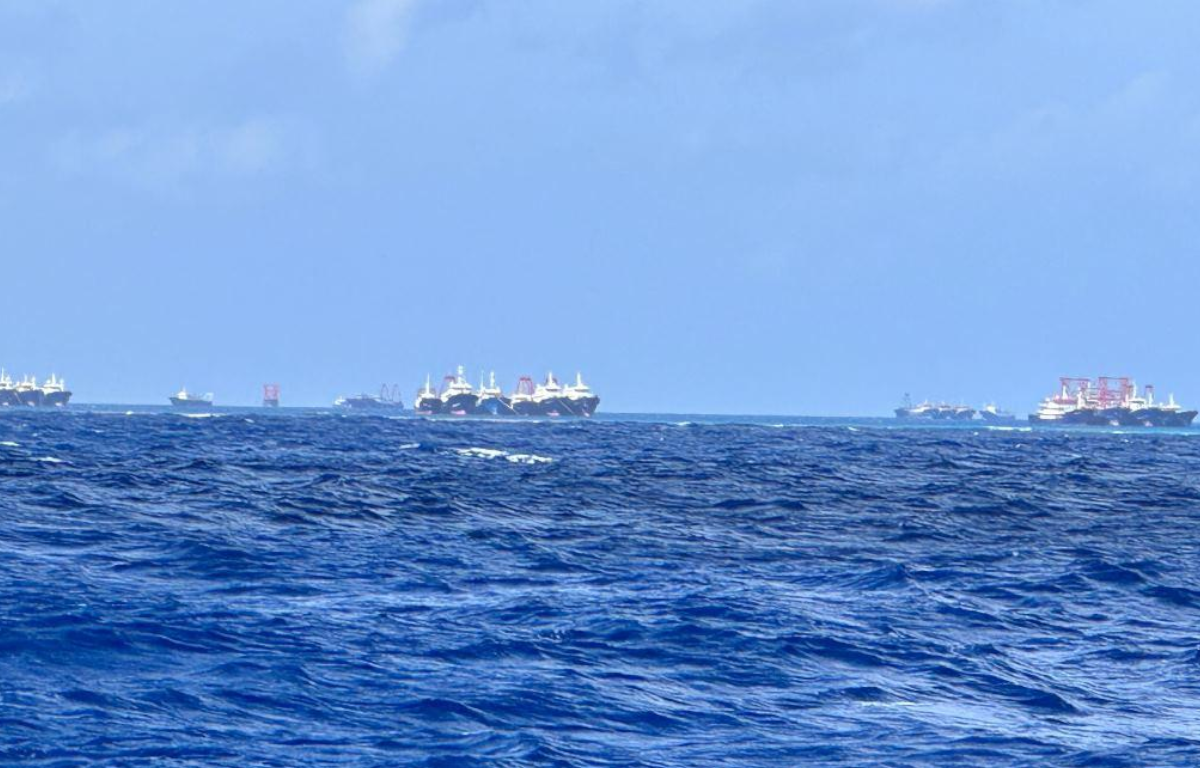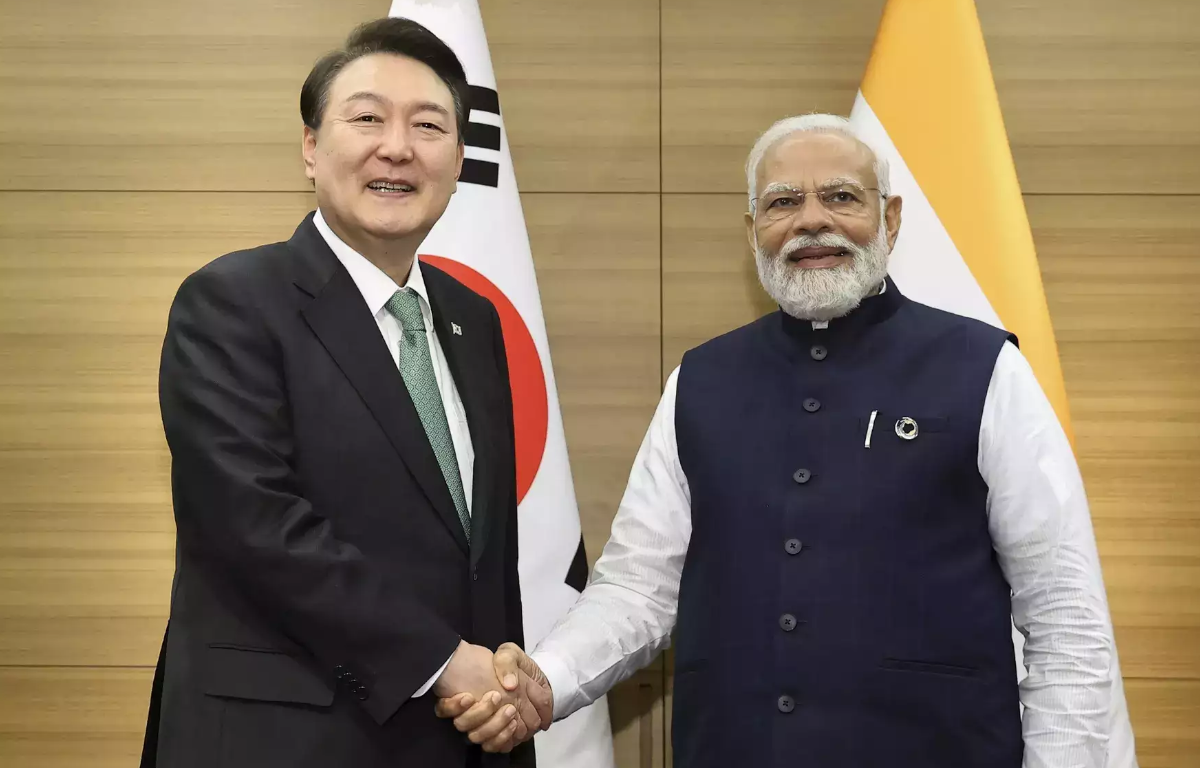
The joint military exercises carried out by the United States, Australia, Japan, and the Philippines in the South China Sea have drawn international attention. The South China Sea, a region rich in natural resources and a crucial shipping route, has been a subject of territorial disputes involving several countries, including China, Vietnam, the Philippines, and Taiwan. The joint drill, aimed at enhancing maritime security and interoperability among the participating countries, has been perceived as a strong message to assert freedom of navigation and respect for international law.
While the involved parties have stressed that the exercises are not targeted at any specific nation, they have caused apprehensions in China. China claims sovereignty over a significant portion of the South China Sea and has constructed artificial islands with military infrastructure in the region. The joint drill has heightened concerns about an inadvertent escalation of tensions.
China’s deployment of a military drone near Taiwan has further strained relations in the region. The relationship between China and Taiwan has long been characterized by political complexities and military posturing. China considers Taiwan a part of its territory and has repeatedly expressed its intention to reunify the island with the mainland, even by force if necessary.
The deployment of a military drone near Taiwan’s airspace is seen as a show of strength by China and has led to diplomatic protests from Taiwan. This move not only challenges Taiwan’s sovereignty but also raises alarms among neighboring countries, particularly Japan and the United States. For them, a potential conflict involving Taiwan could have far-reaching consequences for regional stability and their own strategic interests.
These recent developments have serious implications for regional stability in the Asia-Pacific. The joint drill in the South China Sea underscores the growing alignment of interests among the US, Australia, Japan, and other countries that share concerns about China’s assertive actions in the region. While these exercises are aimed at deterrence and maintaining the rule-based international order, there’s a delicate balance between asserting rights and unintentionally provoking conflict.
China’s military maneuvers near Taiwan reflect its determination to exert control over the island and assert its influence in the region. However, such actions risk triggering a chain of events that could escalate into a larger conflict involving major powers.
As tensions escalate in the Asia-Pacific region, it’s crucial for all parties involved to exercise restraint, engage in open dialogue, and prioritize diplomatic solutions. The joint drill by the US, Australia, Japan, and the Philippines, though intended to promote stability, must be carefully managed to avoid accidental escalation. Similarly, China’s actions near Taiwan demand a measured response to prevent the situation from spiraling into a full-blown crisis.
In this delicate geopolitical landscape, international cooperation, adherence to international law, and respect for each other’s sovereignty are vital. The world watches closely as the actions and decisions of key players will undoubtedly shape the future of the Asia-Pacific and have far-reaching global implications.










Share this: